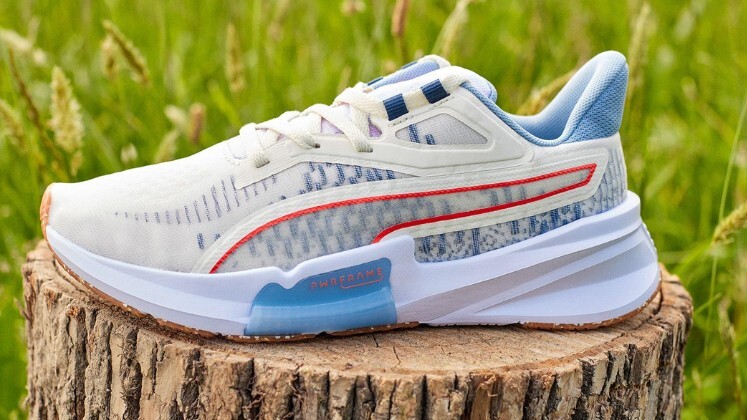
Sportswear company Puma has now set several new climate targets as it continues to make strides in its efforts to protect the environment. The corporation declared at the start of the year that it had cut its greenhouse gas emissions seven years ahead of schedule, by 24 percent (market-based) in 2023 compared to 2022. As part of the ‘Vision 2030’ project, the sports corporation has now revealed its new sustainability objectives and plans to be even more ambitious going forward.
In addition to committing to lowering absolute Scope 3 greenhouse gas emissions from its supply chain and logistics by 33 per cent from 2017, Puma wants to reduce its absolute Scope 1 and Scope 2 greenhouse gas emissions by 90 per cent (market-based) by 2030. This will be accomplished in spite of anticipated future economic expansion.
Other climate goals for 2030 include reducing the usage of carbon-intensive products and encouraging the company’s core suppliers to utilise more renewable energy. Eight out of ten Puma products were made in 2023 using certified or recycled materials. This percentage is anticipated to increase to nine out of 10 products by 2025. By 2030, all polyester products must use 100 per cent recycled polyester, according to new material targets.
By 2030, 20 per cent of cotton fabric must come from recycled sources, and at least 30 per cent of polyester fabric must originate from textile-to-textile recycling. This year, Re:Fibre materials have already been used to create millions of football jerseys.
Additionally, Puma aims to implement circular economy business models and launch repair and resale programs in specific areas.






